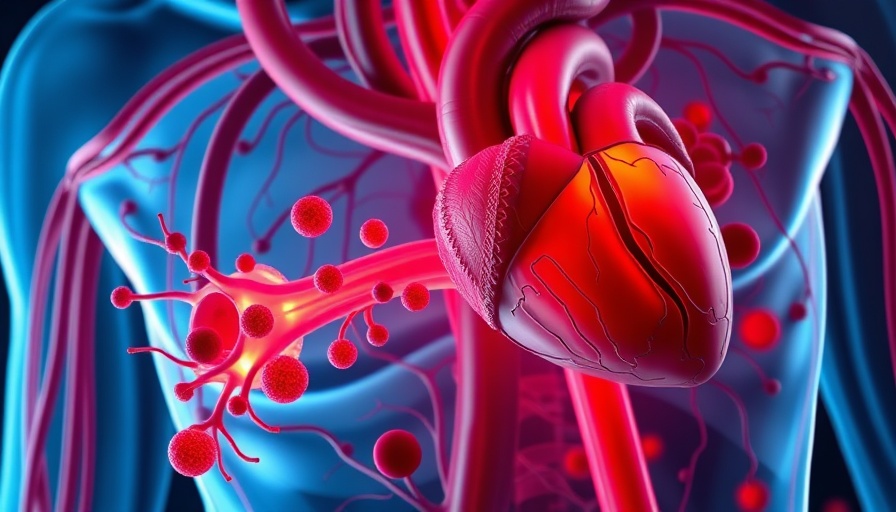
Revolutionizing Heart Health: The Potential of Dual Cholesterol Treatments
A recent breakthrough in cardiovascular medicine could dramatically change how we approach heart health. Research findings indicate that combining two cholesterol-lowering medications may save thousands of lives by significantly reducing the risk of heart disease and stroke. This innovative strategy highlights the importance of a multifaceted approach to managing cholesterol levels and cardiac health.
The Science Behind the Study
The study, conducted by a team of researchers and published in a prominent medical journal, focuses on the synergistic effects of cholesterol-lowering drugs—specifically statins and PCSK9 inhibitors. While statins have long been the gold standard for lowering LDL (bad) cholesterol, PCSK9 inhibitors represent a newer class of drugs that help the body better manage cholesterol levels. When used in tandem, these medications have shown a remarkable ability to lower cholesterol beyond what either drug can achieve alone.
Historical Context: The Fight Against Cholesterol
The fight against high cholesterol has been ongoing for decades, with statins adopted in the late 1980s as a cornerstone of heart disease prevention. Despite their effectiveness, not all patients respond to statins, and concerns about side effects limit their use. As a result, the search for alternative therapies led to the development of PCSK9 inhibitors, introduced in the past decade. This evolution in treatment options reflects a deeper understanding of cholesterol's role in cardiovascular health.
How This Combination Therapy Can Save Lives
According to the study, by integrating these two classes of medications, patients experience a drastically lower concentration of LDL cholesterol, potentially cutting the risk of heart attacks and strokes by half. This could be particularly beneficial for patient populations deemed at high risk for cardiovascular complications, such as those with familial hypercholesterolemia or previous cardiovascular events.
Addressing Common Misconceptions
Many individuals assume that lifestyle changes alone can suffice in managing cholesterol. However, the reality is that genetic and physiological factors often play significant roles in cholesterol levels. Patients may feel disheartened if dietary modifications and exercise do not yield the expected results. This new research emphasizes that pharmaceutical interventions, alongside lifestyle changes, offer a more comprehensive strategy for those battling high cholesterol.
Counterarguments: The Case for Caution
While the potential health benefits of this combination therapy appear promising, it is crucial to consider the economic implications and long-term effects. Critics argue that dual therapy could lead to increased healthcare costs and accessibility issues for medications, particularly in populations with limited insurance coverage. Weighing these factors is essential to ensure that patients gain equitable access to these advanced treatments.
Future Predictions: Trends in Cardiovascular Treatments
As more studies validate the efficacy of combination therapies, we may witness a significant shift in guidelines for cholesterol management. The integration of personalized medicine is also likely, as healthcare providers increasingly turn towards tailored treatments based on individual patient needs. This forward-thinking approach could redefine standards of care, ensuring that patients receive the most effective, evidence-based interventions.
Conclusion: Empowering Patients for Better Health
The research on combining these cholesterol-lowering drugs opens exciting new avenues for cardiovascular health. Empowering patients with knowledge about their treatment options is critical for enhancing compliance and improving health outcomes. As medical innovation continues to advance, it will be vital for patients and healthcare providers to stay informed about how these developments can foster heart health.
 Add Row
Add Row  Add
Add 




Write A Comment